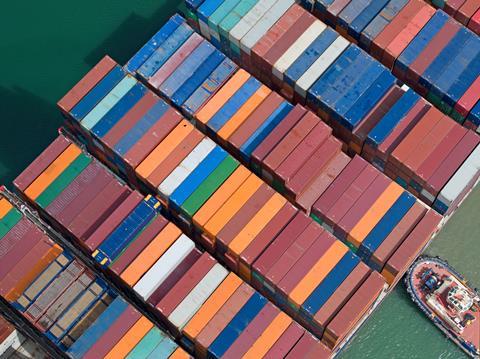
UK food and drink exports took an upward turn in the first half of 2025, helped by trade with non-EU countries, according to the Food & Drink Federation’s latest Trade Snapshot.
Year-on-year export volumes rose by 7.2% from January to June, with the UK exporting 4.5 billion kg and 590 million litres of food and drink to over 200 countries around the world. However, volumes were still down 13% on 2023 levels, after trade “flatlined” last year, said the FDF, due to Brexit-linked red tape.
Export values, meanwhile, reached £8.9bn for the period, up 6.8% on the same time in 2024.
The Trade Snapshot revealed trade with the UK’s largest partner, the EU, showed steady growth of 4.2% in value terms compared with 2024. However, it was trade outside the bloc that largely drove the overall increase, with exports up 10.6% compared with the first half of last year.
The US had a significant impact on the trade outlook, with exports of food and drink up by 18.9%, to £1.4bn. This growth continued “even after the additional 10% tariff took effect, reflecting the UK’s comparatively better deal in some categories of food and drink than some other nations”, the industry body pointed out.
Additionally, some two years on from the signing of a trade deal with Australia and New Zealand, exports to New Zealand increased by almost a fifth (19.7%) in H1 in value terms. India also saw 11.6% growth, the FDF said.
A new trade deal with India, signed in July 2025 and expected to come into force in 2026, would “help build on this trend, with a removal or reduction of high Indian tariffs on selected UK food and drink exports over the next decade”, it added.
Read more: What’s behind the latest delay to the EU’s flagship Deforestation Regulation?
The snapshot also confirmed imports continued their strong upward trend, with all food and drink reaching £32.8bn, up 5.5% year on year. This was supported by growth in beef, chocolate and fish imports.
While the report showed “green shoots for export growth”, more work was required by the government to support further increases in trade, the FDF urged. It called on ministers “seize this trade growth and ensure it continues, turning these promising signs into a longer-term trend”.
“We want to work with government to set ambitious targets to grow overseas exports, and on a plan to maximise new global trade opportunities, while providing businesses with the support and guidance they need to take advantage of these – particularly smaller businesses who might be new to selling abroad,” it added.
“This is particularly important given the overall volatility of trade at the moment, and it would insulate UK manufacturers from any downturn.”
Key areas of interest included doing more business countries most impacted by US tariffs and where the UK was already seeing strong growth, such as Mexico, Canada and China.
“Retaliatory measures introduced by these countries have led to notable declines in food and drink exports from the US to these markets, opening up export opportunities for UK suppliers,” the Snapshot said.
“US tariffs will continue to impact in the second half of the year. It’s vital that government works to reduce tariffs for products where the UK has ended up with a higher rate than the EU – like chocolate, ice cream and soft drinks – so that our manufacturers can remain competitive.”
A comprehensive trade agreement with the Gulf Cooperation Council could also provide new customers for UK suppliers, with UK food and drink already seeing high demand in the region.
Exports to Turkey were also up 68.6% in H1 in value terms. Progressing an updated free trade agreement with the country “could boost this further as well as diversifying the UK’s supply of products like hazelnuts, sweet potatoes and olive oil”.
The FDF also pointed to the promised new SPS agreement with the EU as another driver of trade growth, with the deal, which is not expected to be implemented until at least 2027, helping “remove significant barriers to trade, including complicated and expensive checks and certification”.
But until the new agreement came in, government could still “work to reduce border costs and avoid any unnecessary burden on businesses by providing a clear roadmap for businesses, with guidance and phased transition periods”, it urged.
“It’s positive to see an increase in export volumes compared with last year, and now we need to go further,” said Balwinder Dhoot, director of growth and sustainability at the FDF.




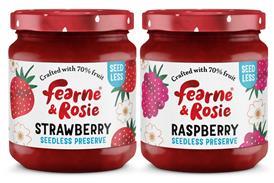
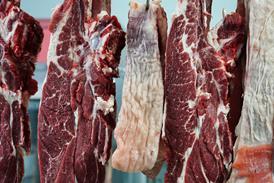
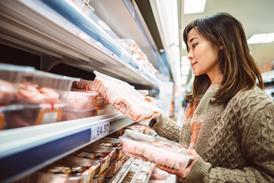
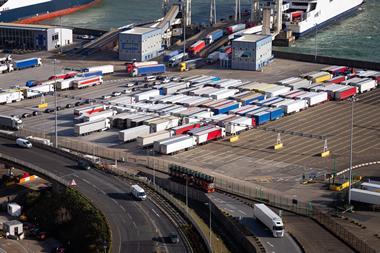

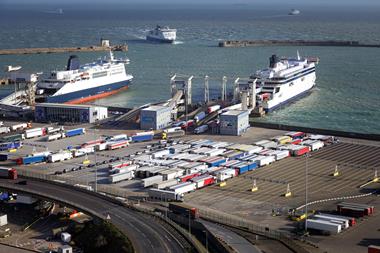
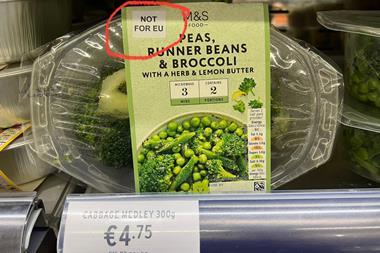
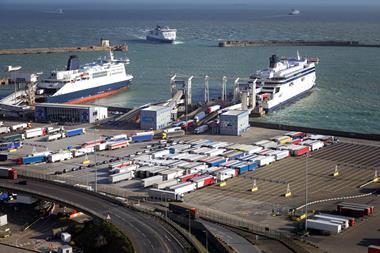
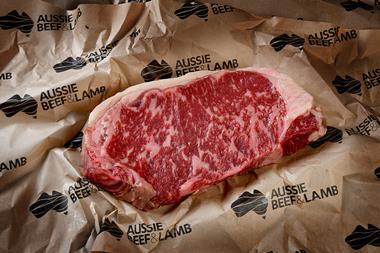
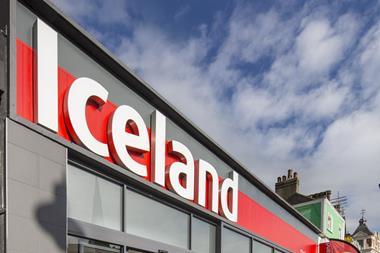
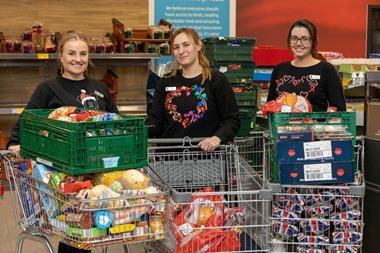




No comments yet